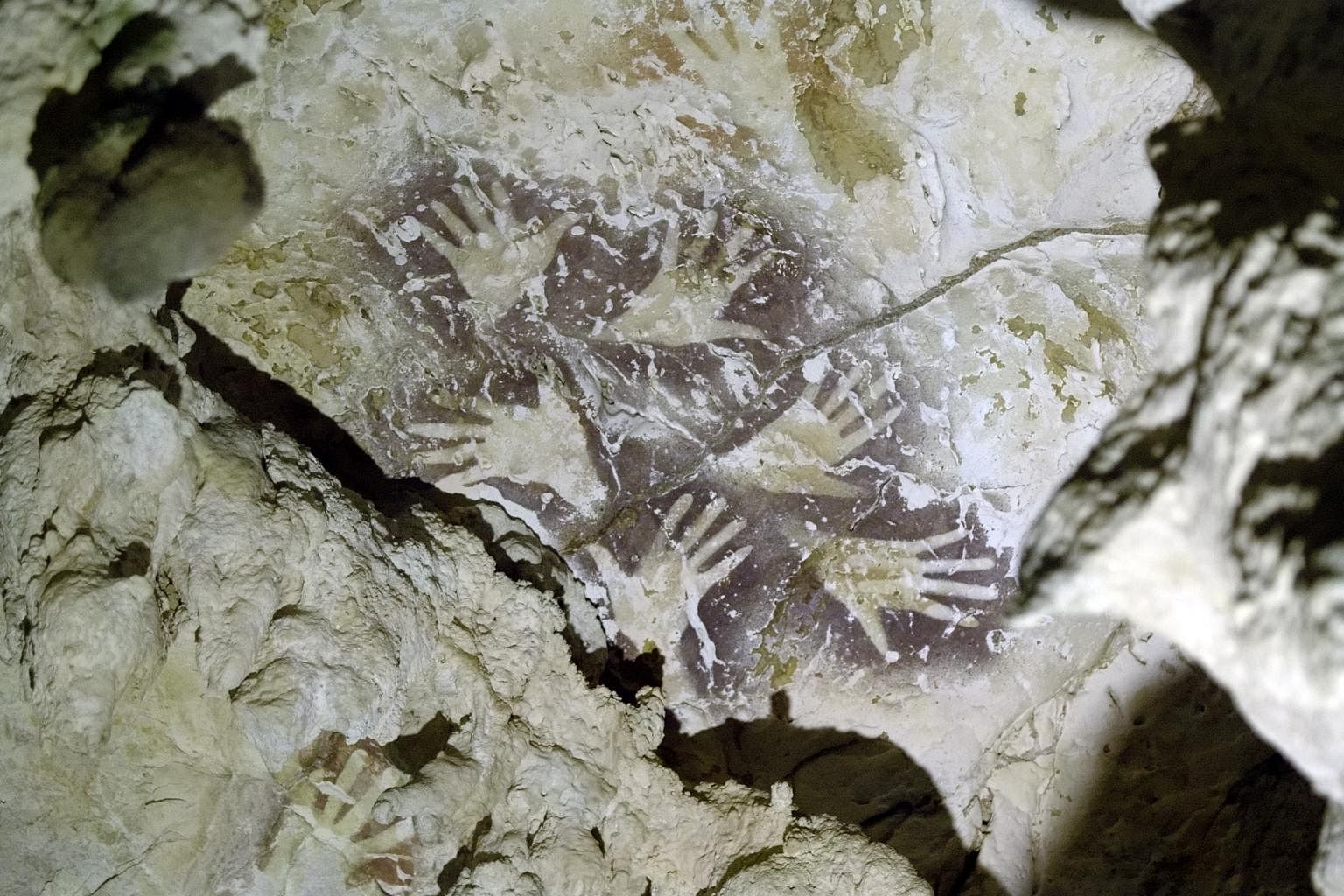How cave paintings are dated
Sign up now: Get ST's newsletters delivered to your inbox
Follow topic:
SINGAPORE - Much like the forensic crime investigators on any number of cop shows, archaeologists just need a speck of calcite - also known as "cave popcorn" - to begin unravelling the mysteries of a cave painting.
Calcite layers often form in limestone caves as rainwater seeps through the rock, dissolving small amounts of calcium, which sometimes precipitates on top of cave paintings.
If archaeologists are lucky, they chance upon these paintings, and they can then determine the age of the artwork through a process known as uranium dating, said Dr Maxime Aubert, professor of archaeological science at Griffith University in Australia.
The technology allows researchers to date paintings that are up to 600,000 years old.
Dr Aubert told The Straits Times: "When the cave water precipitates on the painting, it also contains a small amount of uranium as well, since uranium is soluble in water. Over time, it starts to decay into an element known as thorium."
Thorium is not soluble in water, so the element would not have been present at the point of crystal formation, he added.
Since the decay rate of uranium into thorium is "precisely known", archaeologists can then take a sample of the cave popcorn and measure the ratios of thorium and uranium found in it.
This information then allows them to calculate when the calcite layer had initially formed on the painting, which will then give it a "minimum age".
"So when we say that the calcite formed on the painting is at least 45,500 years old, it could essentially be much older, possibly 50,000 or 60,000 years old, we don't know for sure," said Dr Aubert.

But knowing the approximate age of a particular painting is sufficient to offer archaeologists glimpses into the artists who created them.
"It tells us that the people who created this artwork in Borneo and in Sulawesi were fully human - they're just like us," he said.
The Indonesian islands of Borneo and Sulawesi are thought to be crucial in the human migration route from Africa to Australia, where people had settled around 65,000 years ago.
"So if art had evolved from something simple to something more complex, it must have happened a long time ago, probably back in Africa. The humans who migrated from Africa were fully modern, and they had the capacity to make any art they wanted," said Dr Aubert.

